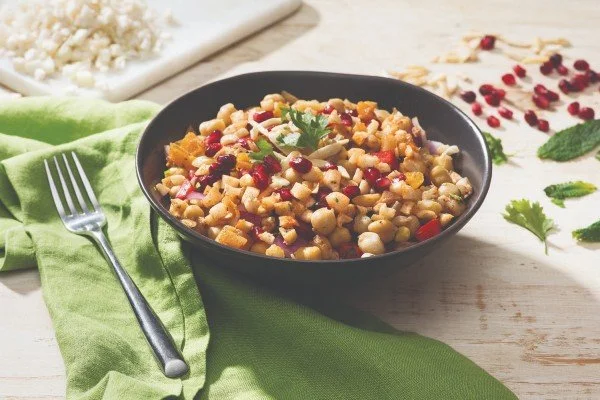Fava Beans: An Ancient Staple in the Levant with Versatility and Nutritional Benefits!
As one of the oldest ingredients in the world, fava beans have remained popular for millennia due to their versatility and health benefits. Here's what you need to know about cooking with them and their nutritional value.
According to a paper published online in the journal Scientific Reports, archaeology has shown that humans have been consuming fava beans for over 10,000 years, with the world's oldest domesticated fava beans found in the central-southern Levant. Before the late 1400s in Europe, fava beans were likely the only beans consumed by humans for centuries.
Fava beans, also known as broad beans, are smaller than their counterpart, broad beans, and are harvested when fully mature and dried. They are particularly popular in Mediterranean and Middle Eastern countries. They are used to make dishes like "Foul Mudammas", a traditional Egyptian stew of fava beans served with herbs and spices.
Fava beans are an incredibly healthy addition to your diet unless you suffer from favism, a genetic allergy. They are rich in protein, with around 13 grams of protein in a 100-gram serving, as well as fiber, copper, folate, manganese, iron, and potassium. They also contain compounds that may increase antioxidant activity in the body.
Fava beans can be used in a variety of dishes, including dips, stews, soups, and falafel. They are a staple in Moroccan cuisine and can be incorporated as a substitute for chickpeas in hummus. Fava beans can also be used to make alternatives to traditional animal-based foods, such as eggs, ice cream, and cheese.
Here are a few favorite recipes using fava beans:
Moroccan Cauliflower "Couscous" Salad:
This salad uses cauliflower as a substitute for semolina-based pasta couscous, and includes dried apricots, red peppers, and orange dressing for extra flavor.
Fava-Pistachio Chickpea Dip:
This creamy and indulgent dip is made with fava beans, pistachios, garlic, cumin, parsley, and lemon juice. Serve with plenty of pitas.
Bean Bruschetta:
Swap cannellini for fava to make this creamy topping for bruschetta, a popular Italian dish typically served with tomatoes, fresh herbs, and olive oil.
In conclusion, fava beans are a staple ingredient with a rich history dating back to the New Stone Age. They are not only nutritious but also versatile, making them an ideal addition to various dishes. Fava beans are loaded with protein, fiber, and essential nutrients like copper, folate, manganese, iron, and potassium. From dips to salads, soups, and stews, these legumes can be used in various ways, making them a great ingredient to experiment with in the kitchen.





